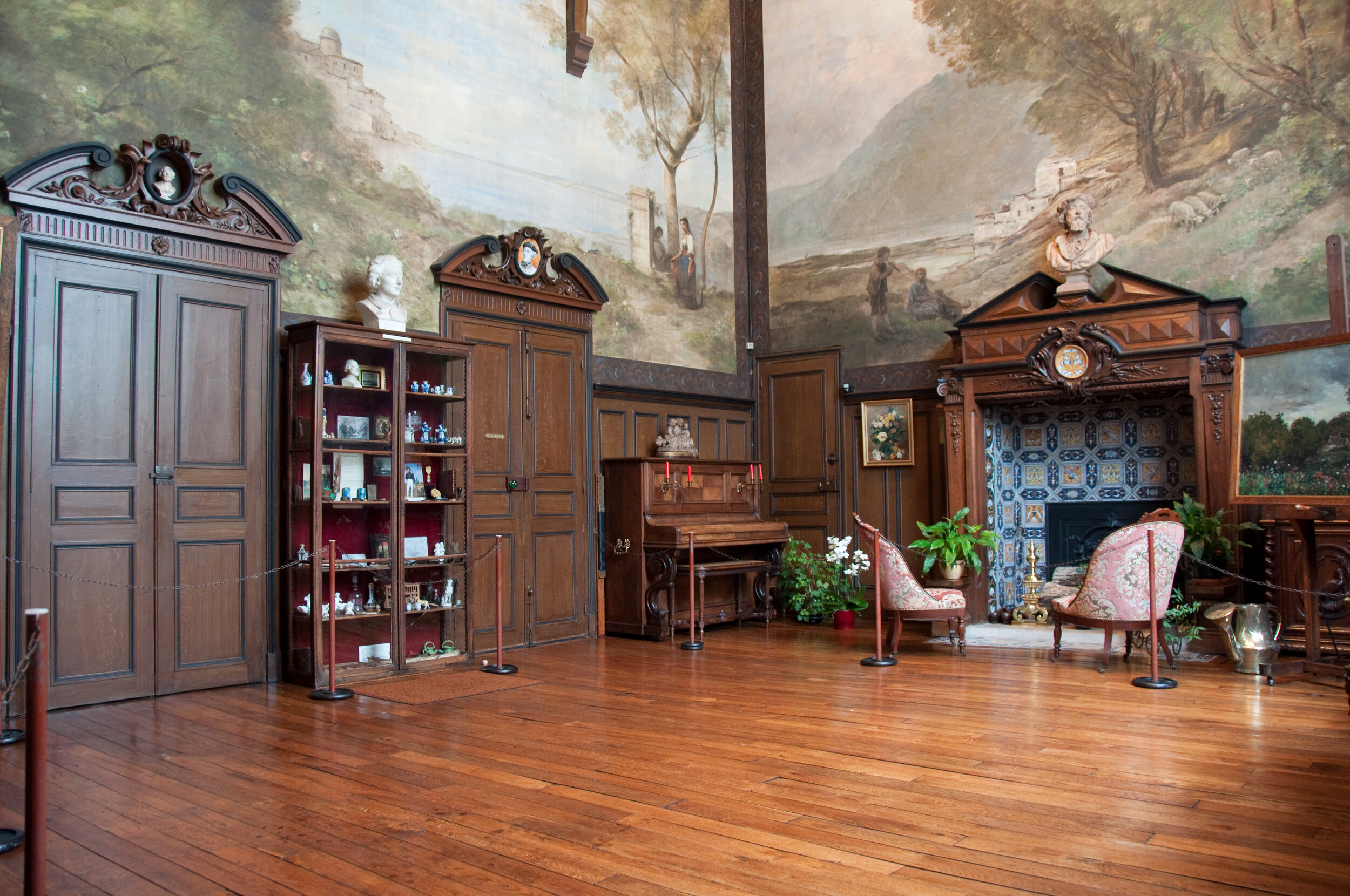DAY 5 - AUVERS SUR OISE
SYNOPSIS: Where artists gathered and Van Gogh spent his last 70 days. 36 kilometers North of Paris.
“The noise of Paris gives me such pain that I have to flee into the countryside”. This is paraphrasing a line of a letter that Vincent sent to his brother shortly before choosing Auvers Sur-Oise as his country destination. Only if you have exhausted the sites in Paris, have extra time, are a Van Gogh buff, or share this sentiment, should you go out of your way to visit Auvers. I shared his sentiment and I am glad I went.
Quite contrary to Giverny, the site for Monet-buffs, which is overrun by thousands of visitors per day during the summer season, Auvers receives just a mere trickle of tourists; perhaps 20-100 per day. On the train I came in there were two more beside me: A Russian mother/lawyer from Moscow, and her teenage daughter on a trip to France and Holland. It was mid-week and all day long I saw about a dozen other tourists coming or going from the five sites that there are to see in town. But nowhere I went did I have to share the actual site and that suited me just fine. If you have more than a day, you can also take a river tour and walk along the paths of the Oise Van Gogh frequented in his days.
Auvers was a place that had been chosen by Barbizon painter Daubigny and Corot before Van Gogh made it famous. Even Cezanne lived here and Pissarro was not far either. It was also the home of Doctor Paul Gachet, a psychiatrist and hobby artist who worked with several artists of the period and who had taken Van Gogh under his wing during the last two months of his life. Many of the most famous paintings by Van Gogh were done during this 70 day stay at Auvers. He had found the cheapest place in town, a small room at the Auberge Ravoux and put himself in a creative frenzy that produced about a painting a day.
I had come for three things, the Church at Auvers, Van Gogh’s grave and the room he died in. Doctor Gachet’s home was an added benefit and markers put up throughout and around town an additional pleasant surprise. Painstakingly the precise locations at which Van Gogh painted had been identified and copies of his paintings were juxtaposed with the landscape and the buildings as they present themselves today; many of them remarkably close and recognizable still.
Artistically the most impressive place at Auvers is actually the home and studio of Daubigny which was his and his artists circle’s canvas. It is preserved as he left it with all the drawings he did for his children for their birthdays on the walls of their bedrooms, with rural motifs filling the hallways and with four full-sized landscapes painted by both Corot and Daubigny in his studio.
Almost by a miracle, the room in which Van Gogh died has been left unchanged. The original owner was superstitious and closed up the room after Vincent died there a couple of days after his self-inflicted gun-shot wounds. He died in the arms of his brother Theo who had been summoned from Paris. It is so much tinier than the famous image of it with the wicker chair makes you believe. And despite nothing in it - all the furniture is gone, it is hauntingly moving to stand in this space! The room next to it is furnished as Vincent’s room would have been with a simple metal bed and that infamous wicker chair. But without the furniture it seems even smaller and more depressing.
A short slide show of historical images from the village juxtaposing Van Gogh’s paintings and sketches can be viewed in the Auberge and it successfully gives you an idea of the village and surroundings in the late 19th century.
Vincent is buried next to his brother Theo in a simple double-grave overgrown with evergreens. And only 100 meters from there is the cornfield Van Gogh painted; reportedly his very last painting ominously filled with black crows. About it he wrote to Theo (paraphrasing again): “I did not have to go out of my way to express melancholy and extreme loneliness”.
And if you get to Auvers on a cloudy day as I did, and if you allow yourself to take it in slowly and to be immersed in Van Gogh’s feelings, you will most likely sense this melancholy and loneliness enveloping you; in a good way.
Good night.








